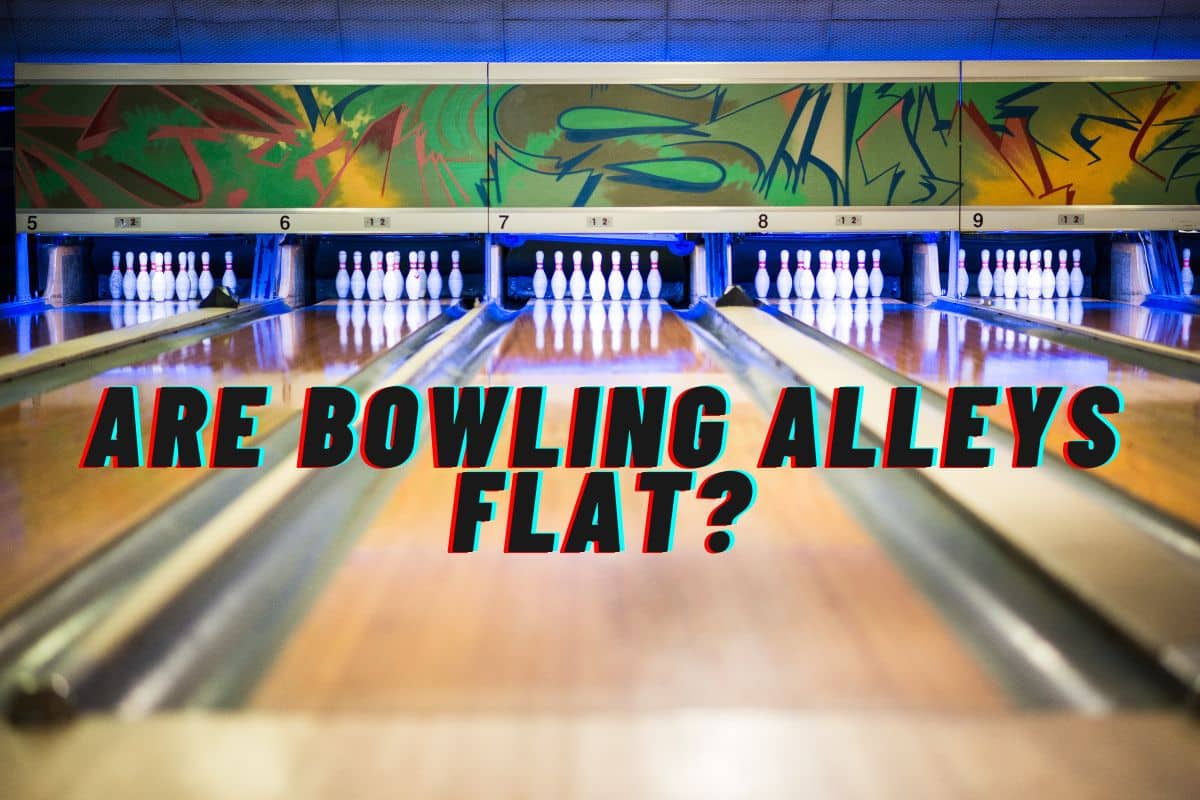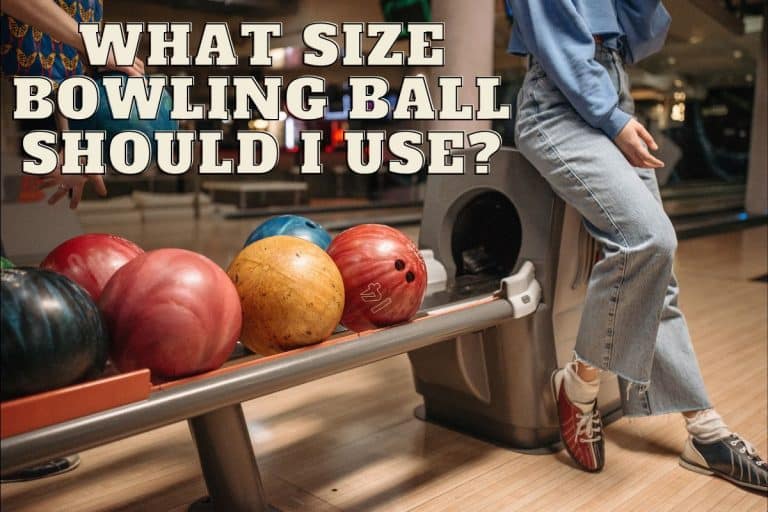Are Bowling Alleys Flat? [No, Sloped!]
If you are new to bowling, it’s important to note that certain aspects of the game will take a while to sink in. And the reason for this? Well, it’s all down to one thing! Bowling game, like most high end sports, takes time to master. Slowly but surely, you will find answers to most of the questions regarding the sport and related infrastructure. So, are bowling alleys flat? Find answers to this and a couple of other related questions in this post.
Bowling is a thrilling sport that has been around for centuries and is played professionally and recreationally. However, regardless of how long you've been bowling, you may never know if the bowling alleys are flat or inclined. The alleys are designed to allow the balls to go straight but may appear flat. Read on for more information on the slope and the layout decisions that make the modern-day bowling alley.
Are Bowling Alleys Flat?
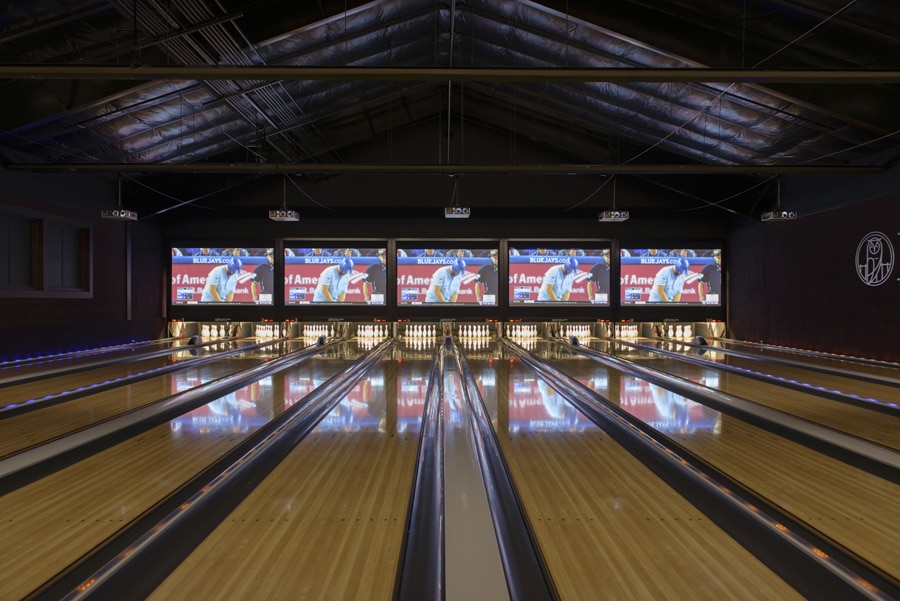
No, the bowling alley is not flat. While the bowling alleys might appear flat, they are designed with a slight incline and lane oil. The slight incline lets you hit the pins when you throw the bowling ball. The slight incline will help the ball go straight, aiding your strike.
Without the lane oil, the bowling ball would veer off to either, diverting your strike.
While most bowling alleys are designed with lane oil, some are not. The ones that lack the lane oil are called ‘dry lanes.' The dry lanes are often used during competitions because they create a more significant challenge. When a bowling alley lacks oil lanes, the players must rely entirely on their skills to get a perfect strike.
Why Are Bowling Lanes Not Flat?
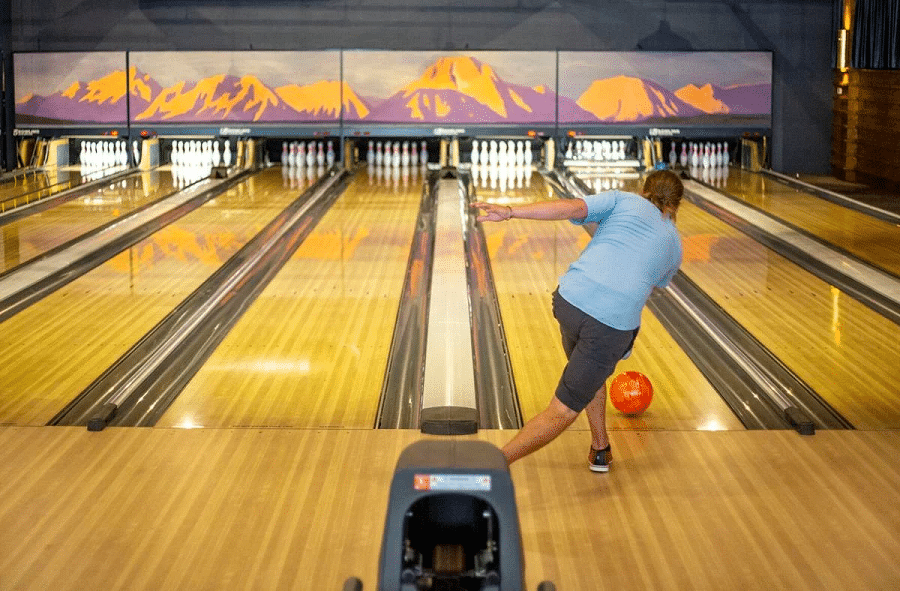
Here are reasons bowling alleys are not flat.
1. Construction and Installation
Even though the installers of bowling alleys are experts who are good at their work, humans can only make a perfectly flat alley. The human factor in constructing bowling alleys is why no bowling alley can ever be flat.
2. Surface material
Various materials with varying attributes and integrity are used to construct bowling alleys. When building bowling alleys, wood with overlays and synthetic materials are used to create the base. Using wood presents possible topographical imperfections due to tear and wear.
3. Temperature and Humidity
The use of wood makes the alleys vulnerable to temperature and humidity. Wood can absorb moisture and store and dry over time, leading to topographical imperfections. When temperatures are high, the wood will expand and contract when temperatures are low, leading to an imperfect layout.
4. Design
A bowling alley's design and calibration requirements do not allow for a flat alley. The bowling alley is made, so the ball can move straight and smoothly while throwing. It requires a gentle slope that forces the ball downwards, even when under low pressure.
What are those slopes on Bowling Lanes for?
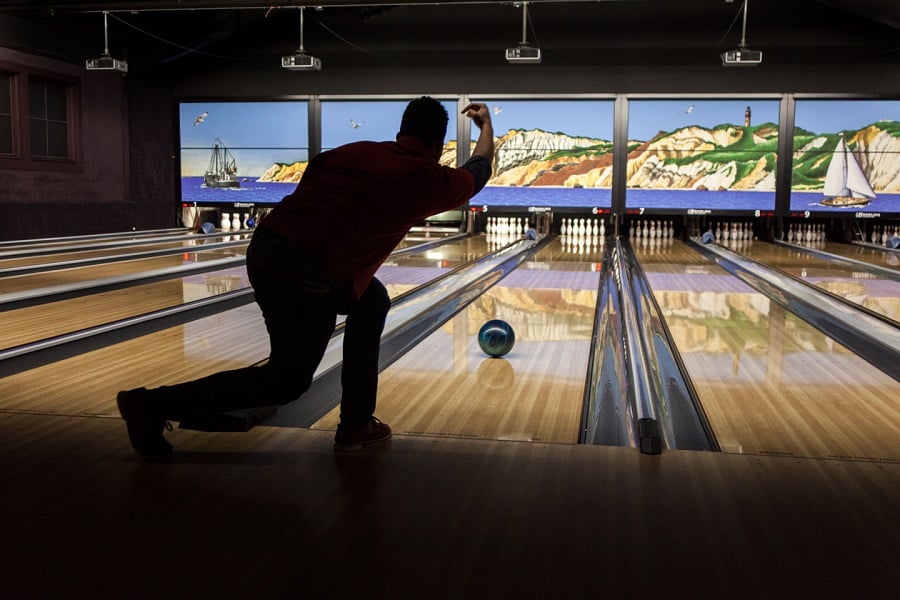
All bowling lanes have a slight inclination or slope that allows the ball to go straight. The inclination is the lanes oil. The lane oil allows the ball not to veer off to either, enhancing a strike. The United States Bowling Congress regulates the inclination of bowling lanes with a set of standards on the bowling lanes' slope and the headpin's foul line.
The set standards ensure that all lanes are uniform and no bowler has an advantage over the other. In a typical ten-pin bowling alley, the inclination is 40/100″ (1 mm) from the foul line to the pins at the other end.
The slope is typically 1/1000″ (.025 mm) per board. It means that for every board the ball travels on, it will drop .025 mm. The slope allows the bowling ball to roll down the lane consistently, preventing jumping and hopping off the surface.
How Long, Wide, and Thick Are Bowling Lanes
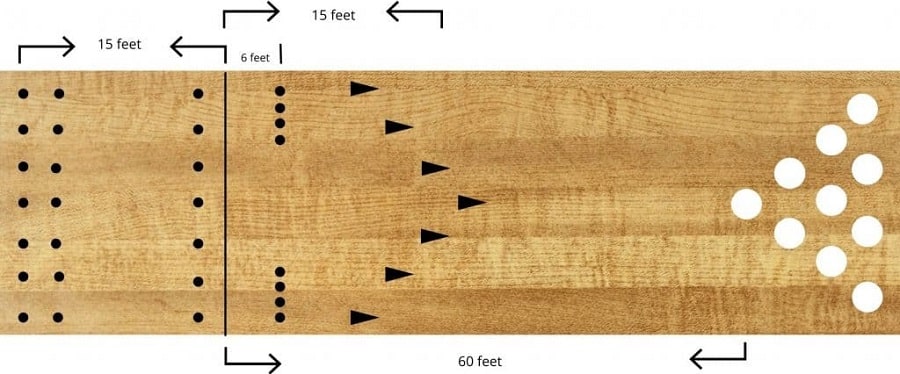
There are standard measurements for most bowling alleys to ensure that all players play fair play, even at a local alley. It means most alleys' length, width, and thickness will always be the same.
- Length: A typical bowling alley is 18.288 meters long, which is about 60 feet. The United States Bowling Congress ensured this length in 1997.
- Width: In contrast, the width of a ten-pin bowling alley measures 1.0668 meters wide, which is 42 inches. The width is critical because it defines how the ball will roll and how difficult it is to strike.
- Thickness: The thickness of a typical bowling alley, as per the United States Bowling Congress, is 2.5 inches thick. The thickness standard must be ensured to support the weight of the lanes, pins, and balls. While making the alley's floor, it is essential to use the right material to ensure the thickness is maintained and there is no wear and tear.
What Are Bowling Alleys Made Of?
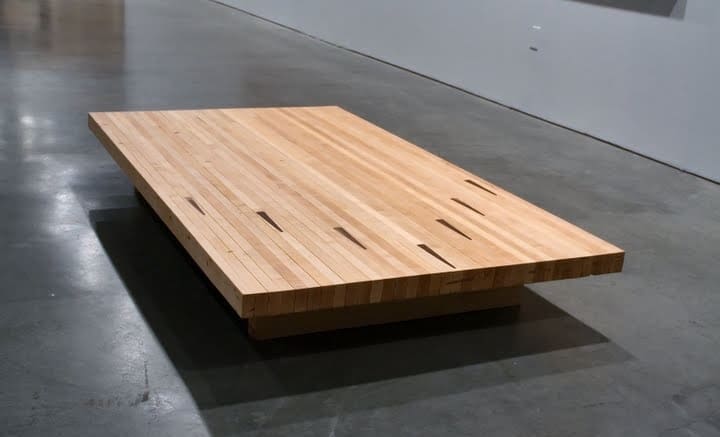
While throwing your perfect strike, you might be interested in knowing what the bowling alley is made of. The bowling alley usually comprises two types of material, this includes;
- Wood with overlays – Most of the bowling alleys comprise wood. The base of the bowling overlay is hardwood or softwood, commonly pine, and at the top is an overlay. The overlay is a mixture of softer wood and maple. The combination provides a smooth and consistent surface for rolling the ball.
- Synthetic materials – To construct the bowling alleys, fiber, and plastic are used. Underneath the synthetic materials are pipes and drains that carry away water that cleans the lanes.
What Is the Purpose of Gutters in Bowling Lanes
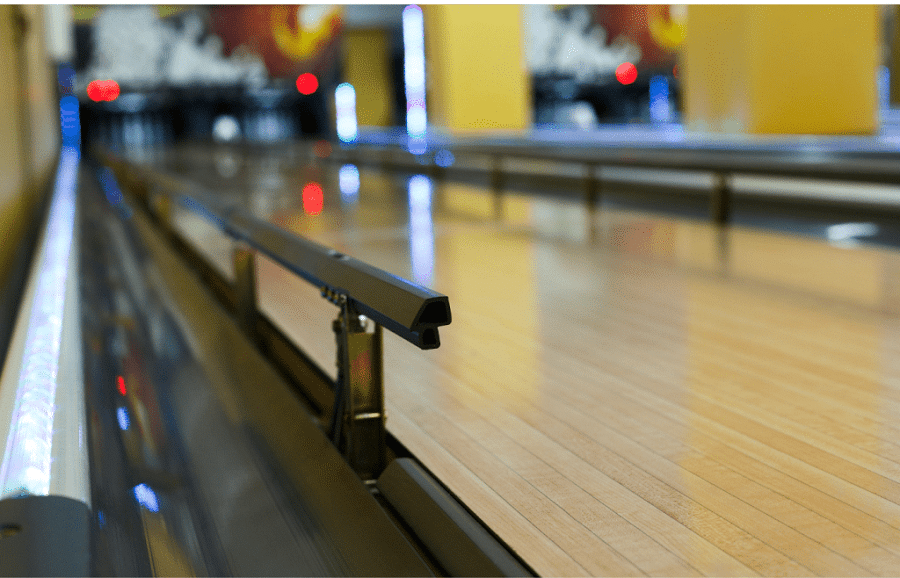
Along the sides of the bowling lanes, you will notice gutters. While playing, you must ensure the ball avoids the gutters. But when you make a shot that lands in the gutter, it is known as a ‘gutter ball.' Once a throw becomes a gutter ball, no strike results because the ball will never bounce back.
The gutter ball is to collect balls thrown out of the lane.
They ensure the balls do not run dangerously off the lane to the surroundings. The gutter ball can be avoided by ensuring you are fully aware of the surface you are playing on. It will prevent you from hopping and jumping the ball down the lane. The ball will roll smoothly and hit the pins without entering the gutter.
Wrap Up
The design requirement of the bowling lanes does not allow them to be flat. An inclination must allow smooth rolling of the ball down the alley, thus preventing jumping and hopping. Other factors like temperature and humidity, the material used to construct the bowling alley, also affect the slope of the bowling alley.
